Drop into Kundalini meditation
 Saturday, July 13, 2024 at 12:01PM
Saturday, July 13, 2024 at 12:01PM The Kundalini Meditation is a dynamic form of meditation created by the famous Indian spiritual master Osho. He developed a series of meditations that involve music and movement, especially for the modern world in which we live where many people have difficulties to sit still and reach the depths of meditation. The Kundalini meditation is a 60 minutes practice with four different stages of 15 minutes each, accompanied by music which was originally composed for this meditation. The stages are shaking, dancing, standing or sitting in stillness and relaxing. You can adjust it based on your body and individual situation.
The four stages of the Kundalini Meditation
First Stage – Shaking
In this first stage you stand and shake your body for 15 minutes. Why is shaking so beneficial? Animals shake their bodies as a natural response to release any stress from their bodies. Have you ever seen ducks fighting on a lake? They fight and quack loudly, but after a while they swim in opposite directions, shake their feathers and move on. We as humans tend to hold on to stress and this can cause physical, energetic or emotional blocks. When we learn again to shake, this can free up stuck energy and feel like a big relief! You let your body shake and become loose again. In Osho’s words anything that has become frozen or hard can be fluid again. Shaking for an extended time can really feel exhilarating as soon as you allow the shaking to happen naturally and feel energy moving within your body. It trains you to be more in your body and less up in your head.
Stage 2 – Dancing
The second stage is to dance just the way you like to move. Let yourself be inspired by the upbeat music and allow self-expression through movement. You don’t have to worry what other people may think. It is your own journey of feeling the body, the energy and celebrating it with a dance. You can keep your eyes open or closed during this stage.
Stage 3 – Standing or Sitting
In this stage you have the choice to either stand or sit down. From movement you come back to stillness. Your eyes will be closed and you are simply listening and observing – listening to the music and observing whatever is present on the outside and the inside. Practice being your own witness without getting too involved in your sensations, thoughts or emotions.
Stage 4 – Relaxation
In this last stage you lie down on the floor like with eyes closed and the body in stillness. The fourth stage is without music and is an integration phase where you rest and relax.
The benefits of active meditations
Usually we thing that meditation is sitting down in stillness only, but you can also come to a meditative state with movement practices. Osho emphasized that it is not enough to work with our minds only, but we need to include the body in our practices, to come back to our hearts and feel the energy at our very core. In our modern world we are so used to think, plan, structure, rationalize and accumulate knowledge, so most people find it difficult to meditate in the traditional manner, which is to experience inner silence by sitting in stillness on a meditation cushion. When you start a traditional meditation practice, you probably feel that your mind is getting noisier and the chatter in the head gets even louder when you try to find inner calmness and peace. The body might feel restless and you might experience some sort of discomfort when you sit for an extended time.
The Osho active meditations start with at least one phase of activity. This allows you to loosen up your body and free the mind. Afterwards, it will be much easier to move naturally from tension or stress into a deep state of stillness and relaxation. The Kundalini meditation allows you to reconnect to yourself and to come back to the here and now.
Any activity can become a meditation when we allow to be fully present in the moment. When you ask dedicated surfers or runners, they will tell you that their sport feels like meditation and they find a deep sense of fulfillment from it.
What is the Kundalini?
Kundalini is a primordial, creative energy that is mostly dormant within us. In ancient texts this energy is depicted as a coiled-up snake and upon awakening, the energy can move up along the spine. There is no one-size-fits-all method for awakening the Kundalini and its unfolding is very individual in divine timing. With certain practices like this Kundalini meditation or Kundalini Yoga we can awaken this creative energy within us. For some it might happen gradually, for others it can be a transformational, life changing experience. For sure, practices to awaken the Kundalini should not be taken lightly and they are recommended to do with the guidance of an experienced teacher.
After the Kundalini meditation you feel may more alive, get tingling sensations in your limbs or feel that more energy is moving inside your body. Universal energy can flow uninhibited when we free ourselves from blocks and conditioning that limit the access and flow of life force. When energy is flowing, we will then be able to fulfill our true potential and live a more authentic and meaningful life.
 Email Article
Email Article  Print Article in
Print Article in  Consciousness tagged
Consciousness tagged  Osho,
Osho,  dancing,
dancing,  emotions,
emotions,  energy,
energy,  kundalini,
kundalini,  meditation,
meditation,  music,
music,  relaxing,
relaxing,  self-expression,
self-expression,  shaking,
shaking,  stillness
stillness 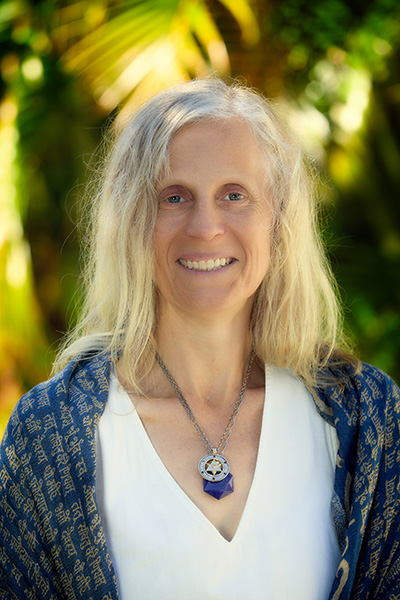
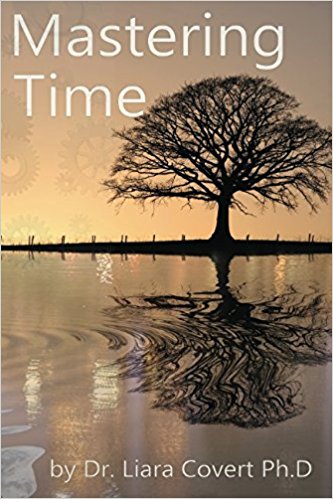
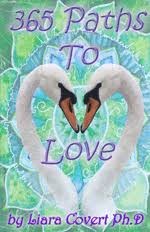

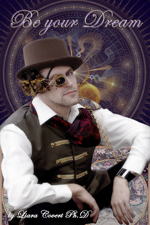


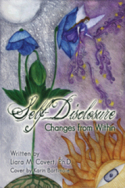


Reader Comments